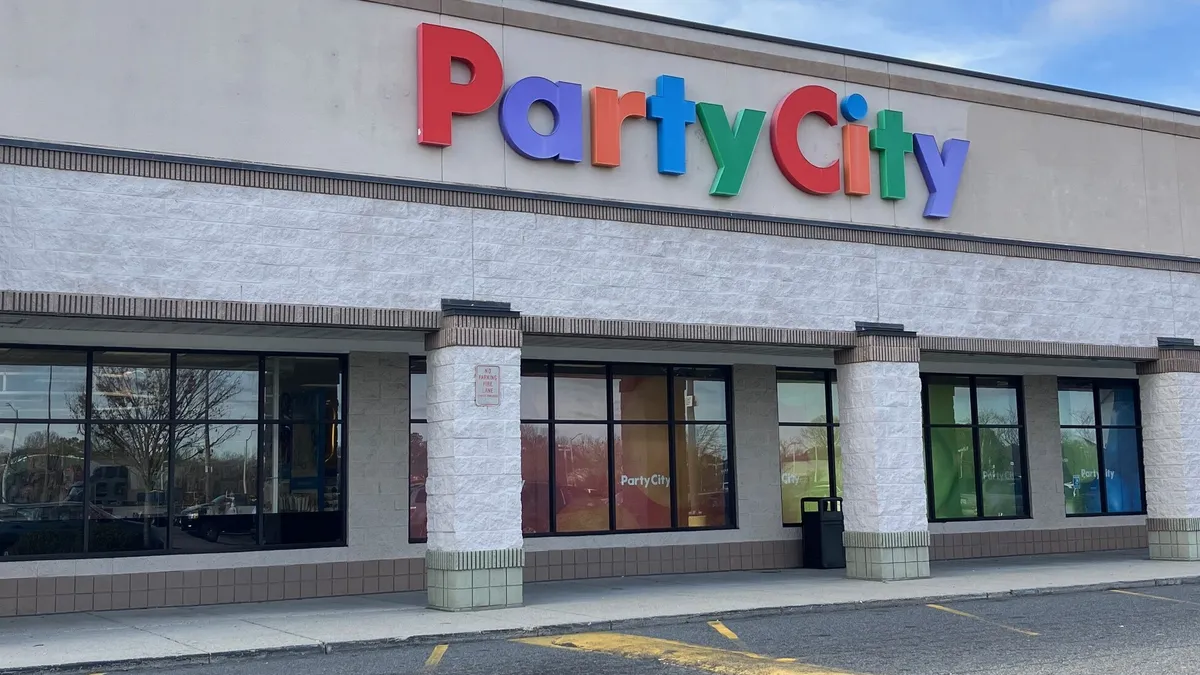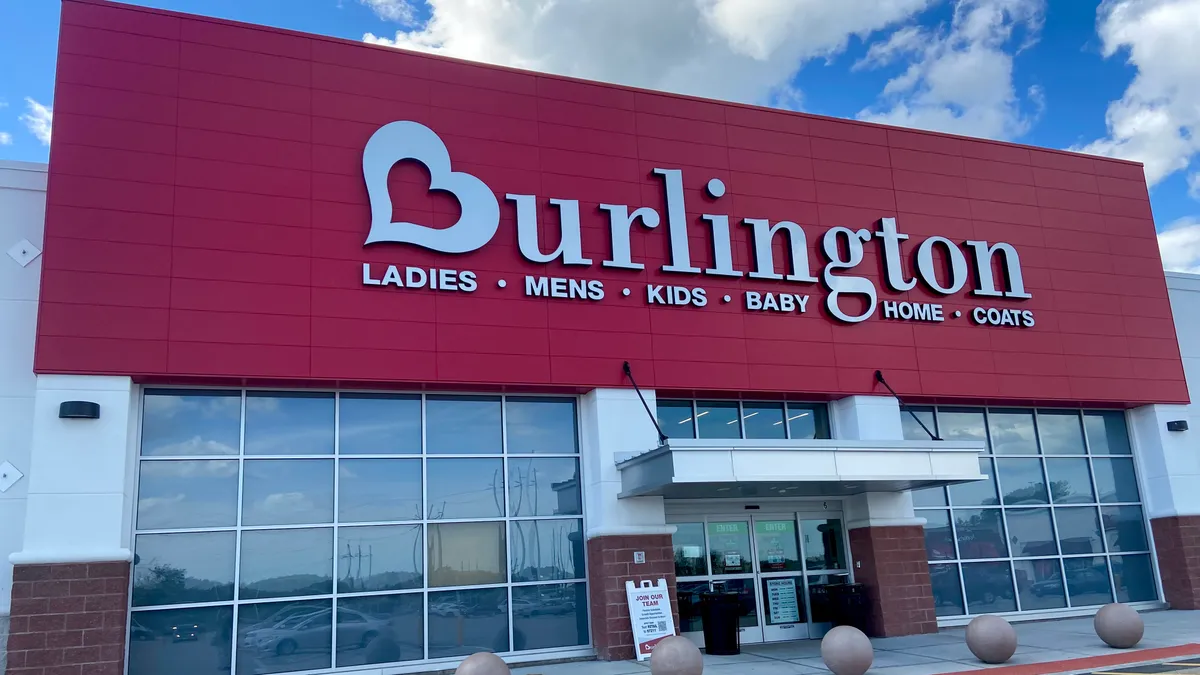Coming off a double digit rebound in annual sales last February, Party City CFO Todd Vogensen told analysts the retailer was confident in its ability to execute a turnaround strategy over 2022 and beyond given its “strong financial and operational position.”
Less than a year later, the company is in Chapter 11.
Fortunes can change quickly, especially for the highly leveraged. Party City entered 2020 with serious competitive challenges. The pandemic struck right at the heart of its business, turning social gatherings and celebrations into potential super-spreader events.
Then, not that long after consumers began returning to old celebratory customs in force, worldwide inflation took off, taking the wind out discretionary demand while the company’s own costs remained elevated.
In bankruptcy, Party City is looking to reorganize and lighten its debt load, which it has carried for years. And to pull it off, the company needs the cooperation of its suppliers, many of which have been warily tightening credit terms as Party City slid into distress.
‘Reached their limits’
Behind the scenes in the time leading up to bankruptcy, Party City’s relationship with its suppliers came under stress as falling sales and mounting debt strained the retailer’s available liquidity.
In an emergency motion requesting court authorization to pay critical suppliers, the company said that it had “significantly delayed payments on outstanding invoices” to key suppliers as its “liquidity situation worsened.” By the time Party City filed for bankruptcy, many of those vendors deemed crucial to Party City’s business had “already reached their limits” with the company, it added.
That’s a problem across the entire business. Party City, which traces its origin back to a garage in the New York suburbs in 1947, today runs more than 820 retail stores of its own and also sells party products wholesale to other retailers.
When it filed for Chapter 11, Party City estimated it already owed $10 million to its critical domestic vendors and another $25 million to overseas suppliers, among others. As Party City fell into distress, suppliers began tightening their terms with Party City to protect their own businesses against the risks that come with a Chapter 11.
Many of its vendors have “ceased providing ordinary trade credit and begun requiring cash in advance and/or prepayment on future orders before shipping goods,” David Orlofsky, a managing director with AlixPartners and Party City’s chief restructuring officer, said in a filing.
Those tensions are “particularly detrimental,” Orlofsky added, “because of the advance window in which the Company is required to place orders for seasonal manufacturing components and other inventory, such as Halloween costumes.”
Orlofsky also noted, “While in previous years some vendors may have worked with the Company on prepayment plans or alternative trade terms, the Company’s declining credit ratings has [sic] caused suppliers to easily pivot to alternative purchases.”
Dodging a ‘negative cycle’
After reaching a deal with a group of lenders, Party City filed for bankruptcy with a restructuring agreement that would reduce the retailer and wholesaler’s debt, close some stores and, ideally, put it on stronger footing for the future.
The company dearly needs the support of its suppliers now and for the post-Chapter 11 era, if there is to be one. As Party City said in a filing, gaps in its shelves — should it struggle to procure products and materials — could mean losing sales to competitors. Lost sales would mean less cash to pay suppliers, deepening a downward spiral.
Moreover, failure to provide product to its wholesale customers due to strained supplies and materials could “kickstart a negative cycle that could seriously damage or eliminate” Party City’s relationship with its wholesale customers, the company said.
Among other inputs, Party City’s access to helium — the supply of which has given the company a headache for years now — is also key.
The company said a disruption would “deeply and negatively impact” the company’s business as a whole, given its heavy reliance on balloon sales and the importance of its helium service at its retail shops. Orlofsky noted that Party City’s dependence on helium suppliers is “especially important given the global helium shortage and limited available supply.”
The company has interim approval from a federal bankruptcy judge to pay its key vendors, including suppliers of helium and merchandise. Party City specifically called out Halloween and year-end holiday merchandise as particularly important for the retailer, which operates the Halloween City retail banner. Some of those suppliers need payment nearly a year in advance for the lead time needed to design, manufacture and ship products, Party City said.
Helping it pay suppliers is a $150 million bankruptcy loan, which won court approval over the objections of some of the company’s existing lenders.
All told, the company estimates will owe critical vendors and other key claimants $74 million over the course of the Chapter 11 process. A final hearing on Party City’s request to pay critical vendors is scheduled for February.






















